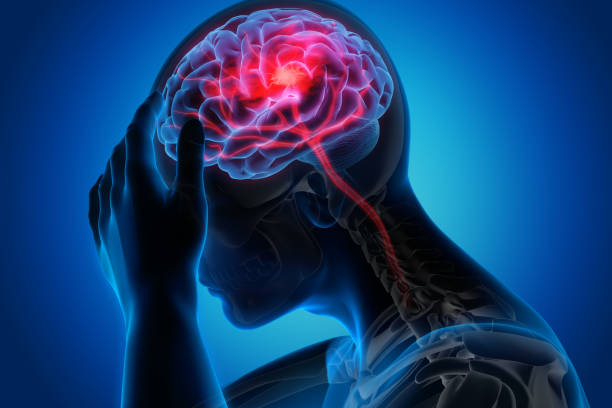The ONE organ responsible for high blood pressure.
A Must Know Facts About Idiopathic Intracranial Hypertension

What is idiopathic intracranial hypertension?
Idiopathic intracranial hypertension (IIH) is increased pressure around your brain. It occurs when cerebrospinal fluid (CSF), the liquid that cushions your spinal cord and brain, builds up in your skull. Pressure builds up in your brain and on your optic nerve, the nerve at the back of your eye that helps you see.
The word idiopathic means “no known cause.” Intracranial means “in the skull,” and hypertension means “high pressure.”
Who might get idiopathic intracranial hypertension?
Women are more likely to develop IIH than men. About 19 in 20 people with idiopathic intracranial hypertension are women. Most are between ages 20 and 50.
You are also more likely to have IIH if you have:
- Body mass index (BMI) above 30.
- Chronic kidney disease.
- Conditions that affect your hormones, such as Cushing’s syndrome, hypothyroidism or hyperthyroidism.
- Iron deficiency anemia (lack of red blood cells).
- Lupus.
- Polycythemia vera (too many red blood cells).
- How common is idiopathic intracranial hypertension?
- Overall, about 1 in every 100,000 people have idiopathic intracranial hypertension. In young females who have obesity, the rate is about 20 out of every 100,000.
- Brain abscess (collection of pus and swelling in the brain).
- Head injury or traumatic brain injury (TBI).
- Stroke.
- If you have idiopathic intracranial hypertension, that means CSF builds up for no known reason. This type can affect anyone but is most common in younger women who carry excess weight.
- Fatigue.
- Headaches.
- Loss of peripheral (side) vision.
- Nausea and vomiting.
- Shoulder and neck pain.
- Temporary blindness.
- Tinnitus (ringing in your ears)
- Brain CT scan or MRI.
- Eye exam to check for swelling near your optic nerve.
- Spinal tap (lumbar puncture) to evaluate your CSF.
- Tests to check your reflexes, balance or muscle strength.
- Visual field test to check for blind spots in your vision.
- Weight loss: If you have a high BMI, weight loss can reduce IIH symptoms. Your healthcare provider may recommend losing 5% to 10% of your body weight.
- Medication: Some medicines manage IIH symptoms. Your provider may prescribe acetazolamide (Diamox®) or topiramate to help your body produce less CSF. You may also take a diuretic (water pill) to decrease fluid retention.
- Surgery: In severe cases, you may need surgery for IIH. Your provider may recommend a spinal fluid shunt. A shunt is a long, thin tube placed in your brain to drain excess CSF. Or you may have an eye surgery called optic nerve sheath fenestration. Your provider makes small incisions around your optic nerve to allow better CSF drainage.









